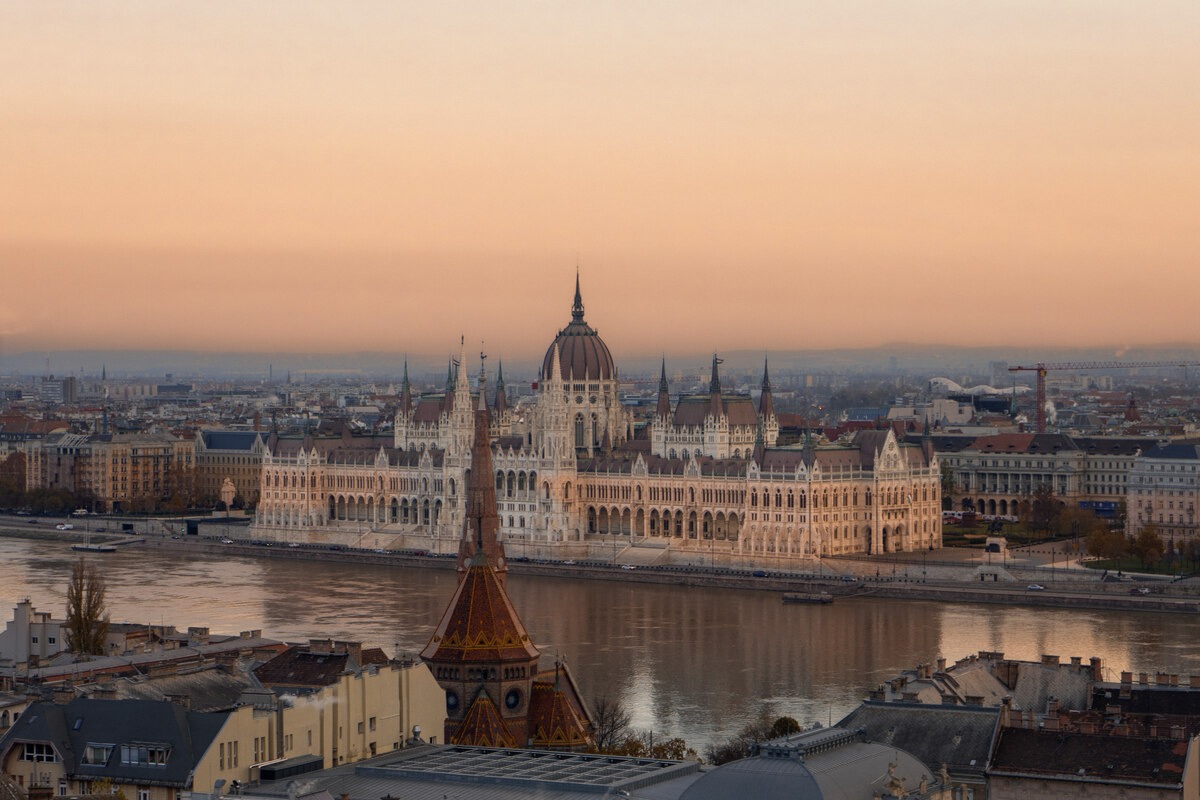
Welcome to Budapest, one of my favourite European cities and one that’s bursting with charm, history and culture. A city of two halves – the hilly Buda and the flat Pest – where each side offers a distinct personality and a multitude of attractions.
If it’s your first time visiting Budapest, or perhaps it’s been a while since you last visited, you may be after some handy advice to help you make the most of your trip.
In this guide, I’ll share my top tips for visiting Budapest. From practical advice for navigating the city with ease to must-see attractions and insider knowledge.
Armed with my tips, I have no doubt that you’ll have the most magical time in this wonderful city.
This post contains affiliate links.
1. Best time to visit Budapest
Budapest is a year-round destination, whether you visit in the festive winter or the warm and balmy summer.
As with most European cities, personally I’d recommend visiting in spring and autumn, taking care to avoid any school holidays.
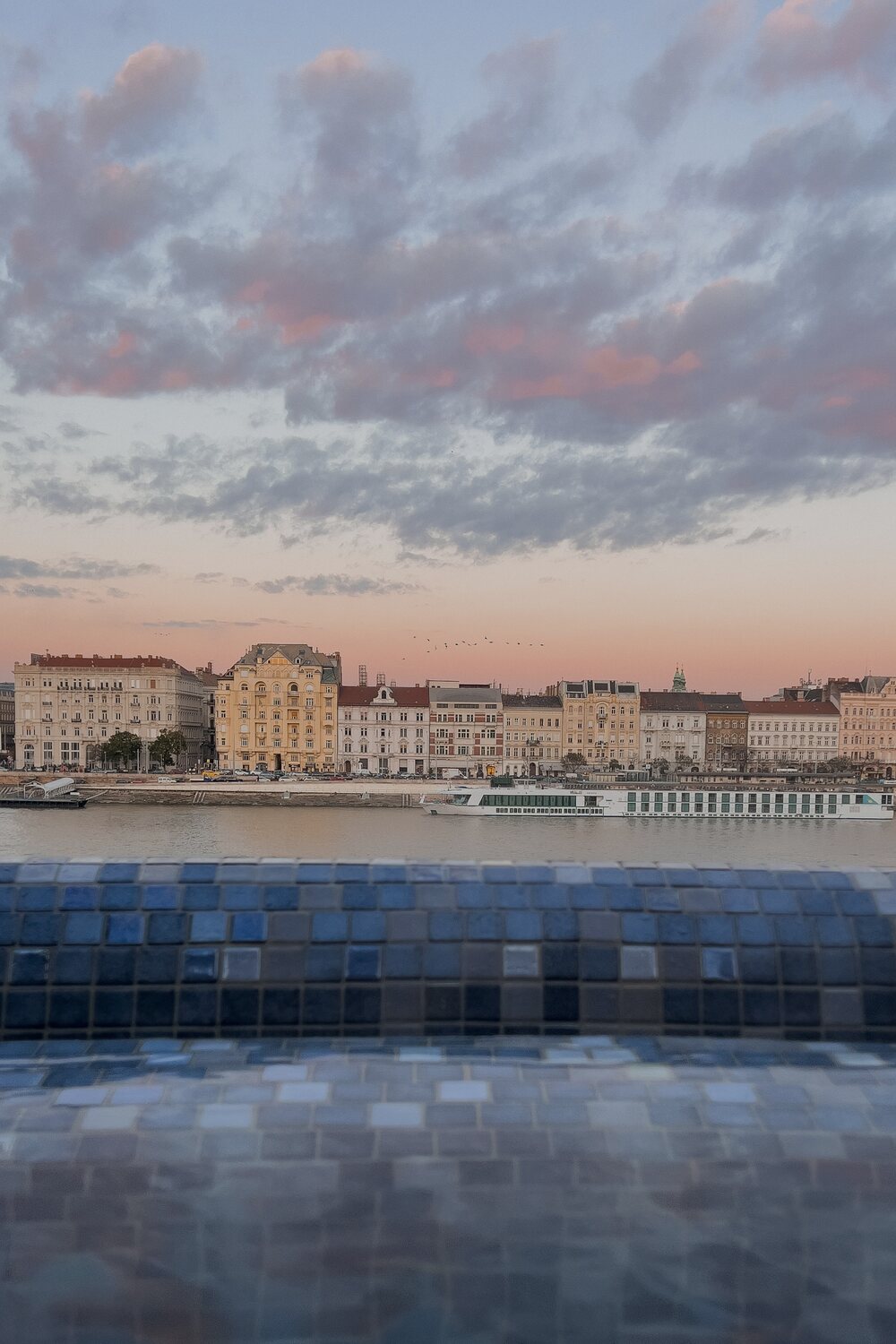

March through May and September through November offer mild weather and less crowds, making it a more pleasant time to visit – and more affordable.
Visiting in early spring sees the blooming of Budapest’s cherry blossoms. While autumn brings a crisp charm with its golden hues.
I have to say though, that Budapest offers a truly magical festive experience from late November through December.

The city is transformed into a winter wonderland and its famous Christmas markets are a real treat.
Have a read of my guide to the best things to do in Budapest in December.
2. Take a guided city tour to get your bearings
One of my best tips for visiting Budapest is to start your trip with a guided city tour, to help you get your bearings and understand the layout of the city.
You can choose to explore by foot, by bike, or even by segway. Here are some of the options I’d recommend:
3-Hour Orientation Walking Tour: By seeing the city on foot, you get a close-up view of Budapest’s historical sites and key attractions.
Private Sightseeing Tour by Car: Perhaps the weather is bad or you’re after something a bit more luxurious, then I’d suggest a private tour by car for you.
Guided City Discovery Bike Tour: This tour is perfect for the more active visitors amongst you. Learn all about Budapest from a personal tour guide while cycling around the city.
Guided Downtown Electric Bike Tour: If you like the idea of getting around by bike but don’t fancy the effort, this one could be perfect for you (note that you do still have to pedal!).
1-Hour Express Segway Experience: For an impossibly fun experience of seeing Budapest, whizz around the city on a segway while taking in the sights.
Now that you’ve got your bearings, it’ll make the rest of your trip a lot easier to navigate.
3. Where to see the best views of the city
I don’t know about you, but I love a good view. For the most stunning views of Budapest, you can’t miss these spots:
Fisherman’s Bastion: Located in Buda, this historic spot provides unparalleled views of the Danube, the Parliament, and beyond. I’d recommend visiting at sunrise when the crowds are minimal and the light is gorgeous.
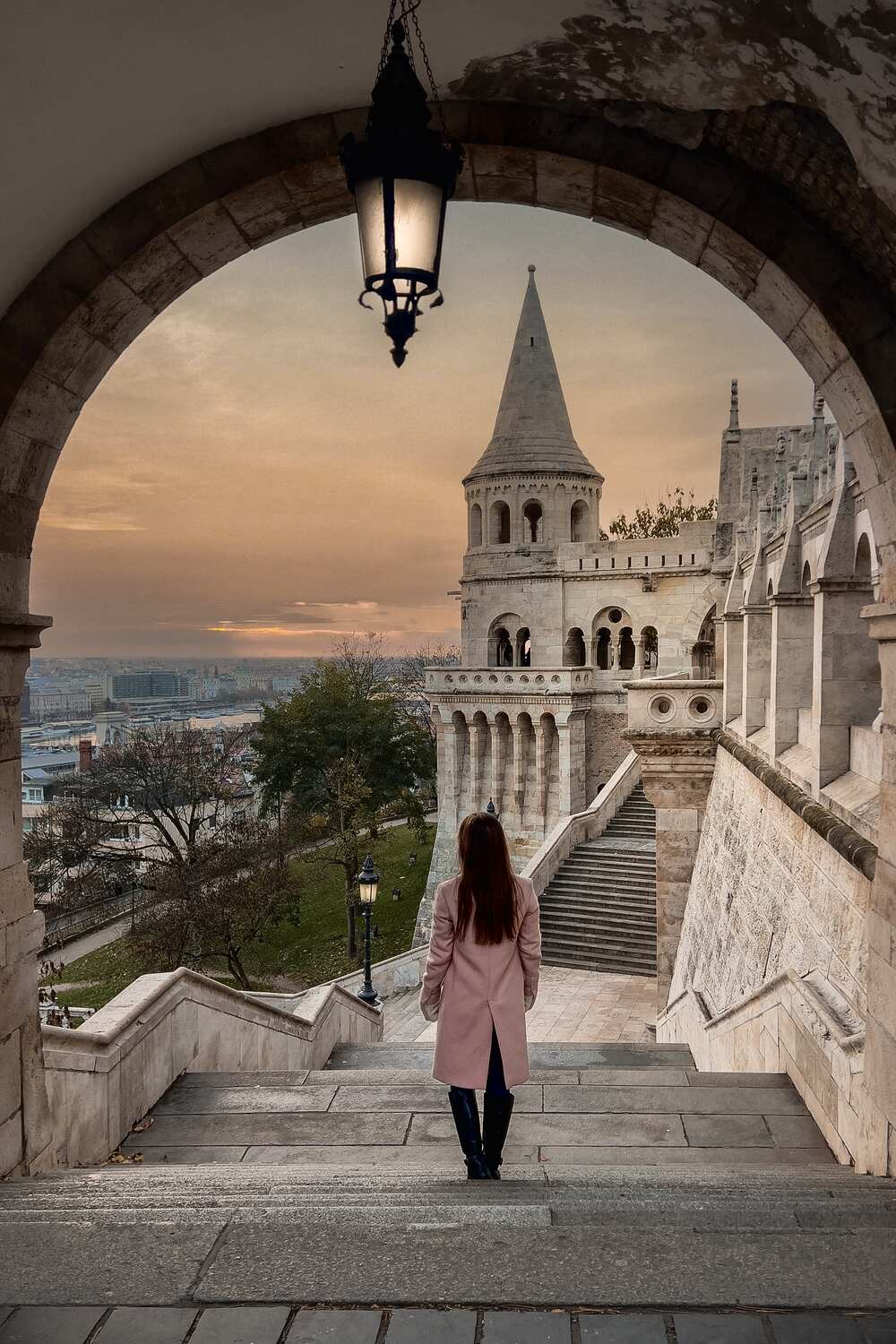
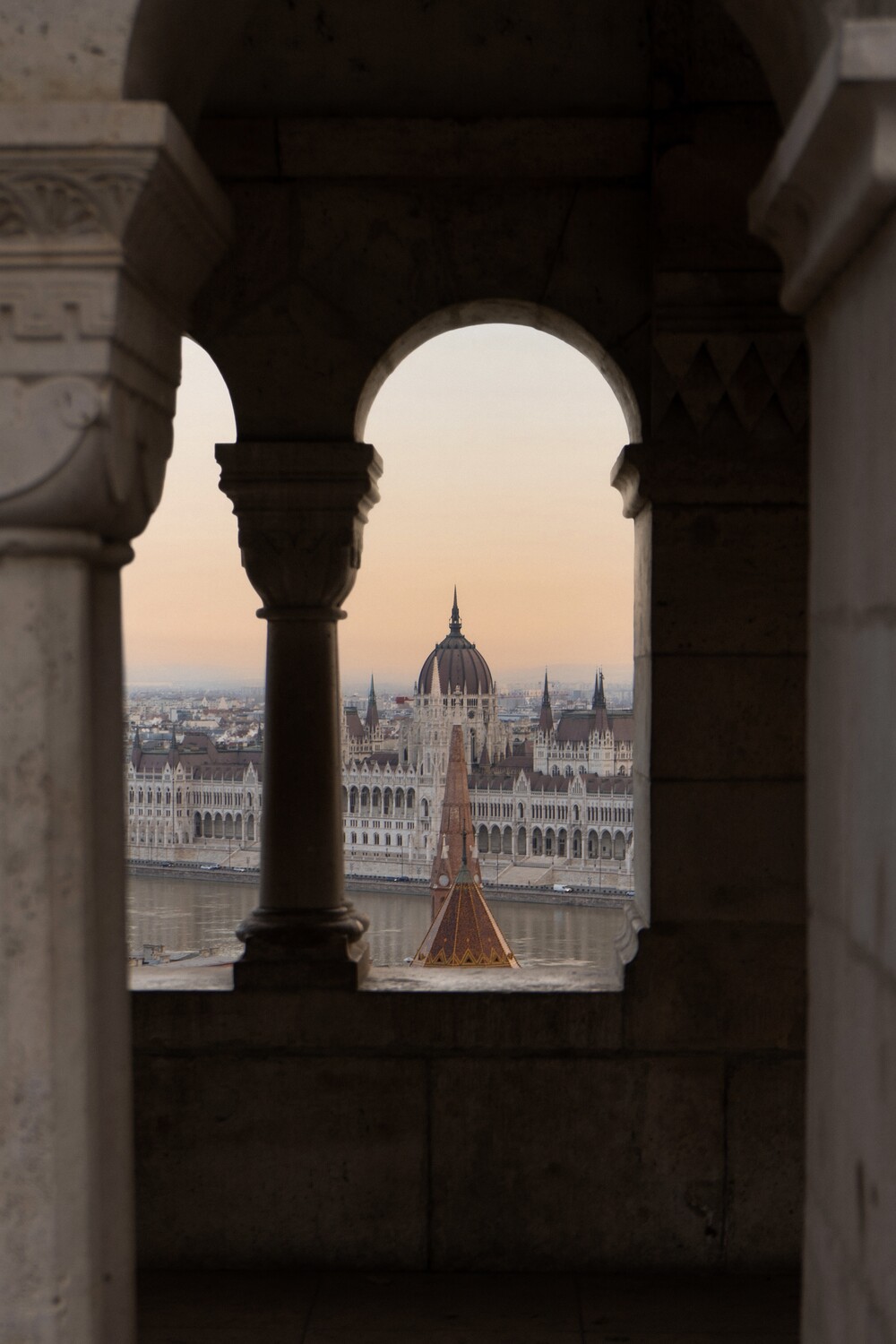
Gellért Hill: A bit of a climb is well rewarded with sweeping views of almost all of Budapest. Visit the Citadella at the top for the full panoramic experience.
St. Stephen’s Basilica: Those who venture to the top of the dome are greeted with a 360-degree view of the city.
Sky Bar or 360 Bar: For those who enjoy a drink with their view (I’m right there with you!), these high-rise bars offer some of the best vistas in Budapest, paired nicely with a cocktail.
4. Get a Budapest Card
If you plan to explore a lot of the city and visit numerous attractions then I’d highly recommend getting a Budapest Card.
It provides unlimited public transport across the city, including buses, trams and metros, saving you the hassle of buying a ticket each time.
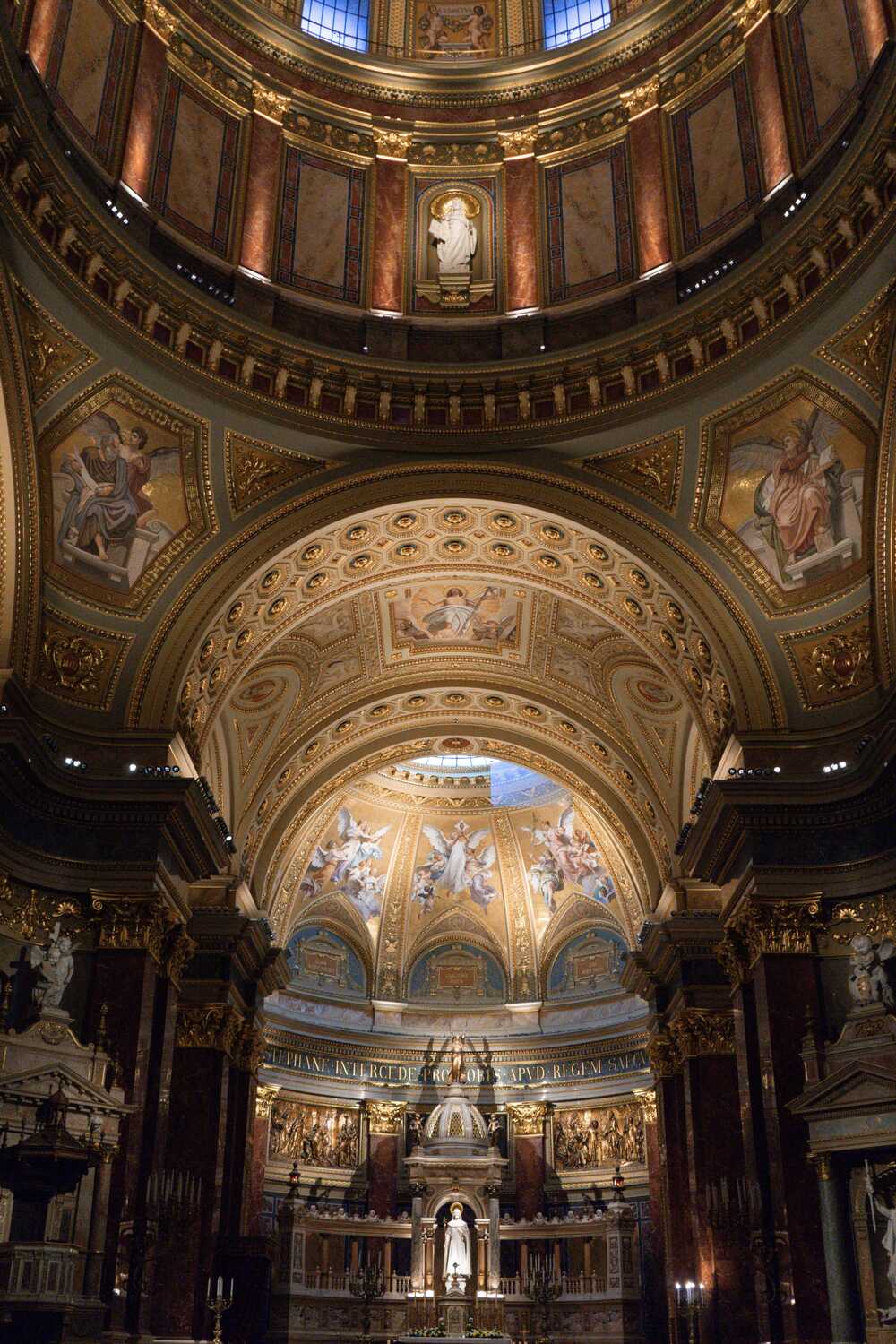
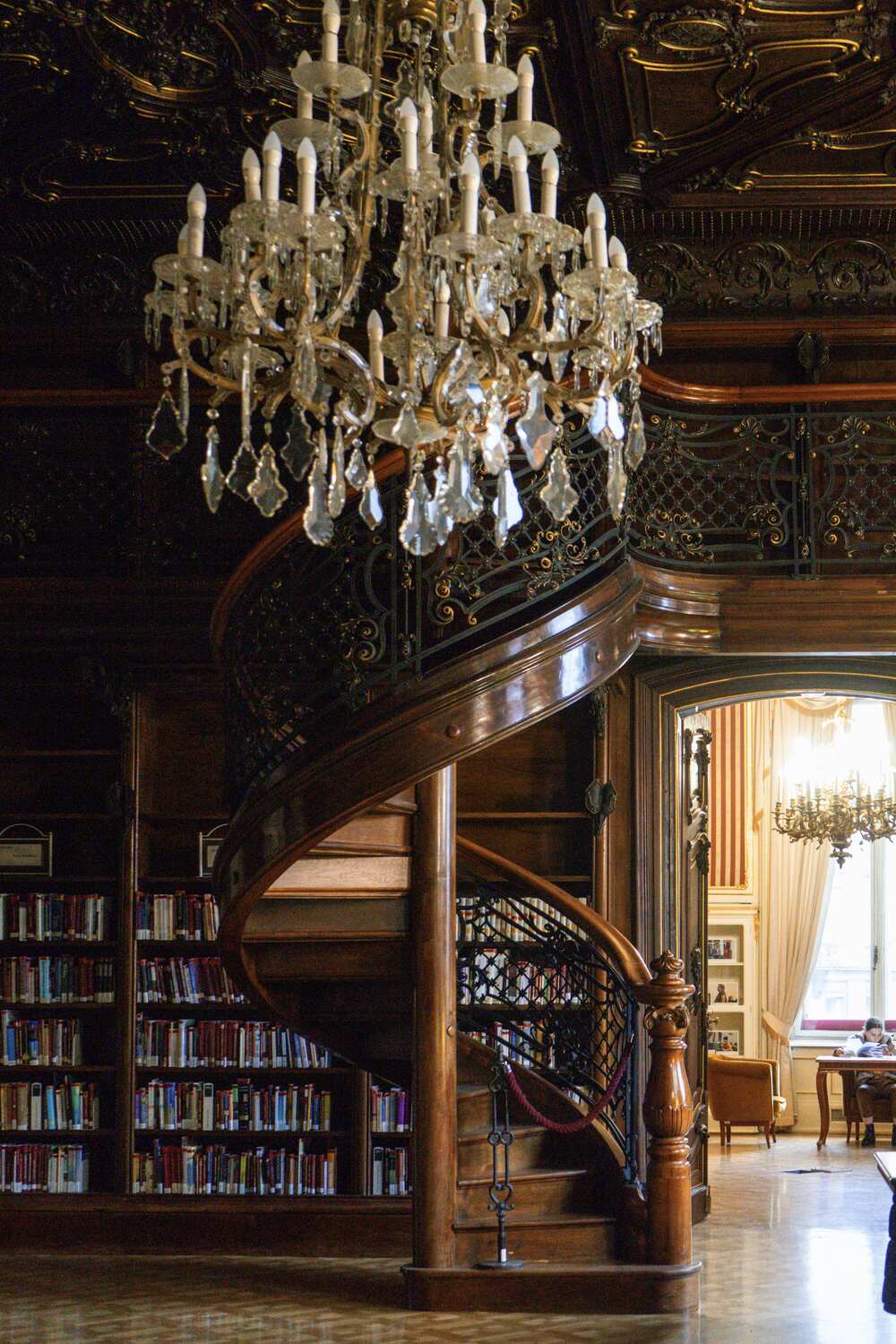
Even better, it also grants free entry to over 30 attractions, museums and landmarks, as well discounts at a number of different attractions and tours.
Plus, you get free entry to the famous Lukács Thermal Bath for a spot of relaxation.
Different durations are available depending on how long you’re in the city for, ranging from 24 to 120 hours.
5. Bring some local currency (hint: it’s not euros)
While Hungary is part of the European Union, the official currency is not the euro; it’s the Hungarian Forint (HUF).
Although some tourist spots, hotels, and larger stores might accept euros, from my experience it’s generally only Hungarian Forint that’s accepted.
Even if they do accept euros, it will usually be at a less favourable exchange rate.
While most places accept card, I’d definitely recommend having some of the local currency to hand, as smaller shops, markets, and some public transport only accept cash.
I learnt this the hard way when I ventured outside of the city and tried to get a bus. I couldn’t because I had no Hungarian Forint and there were no cash machines.
Embarrassingly, I had to call my hotel and get them to arrange a taxi for me!
6. Book ahead for the baths
Budapest is perhaps most famous for its thermal baths, and a visit to one of the many baths is an unmissable experience in the city.
Due to their popularity with both locals and tourists, I’d strongly advise booking your visit in advance.
Especially if you’re visiting one of the more well-known spas like Széchenyi, Gellért or Rudas.
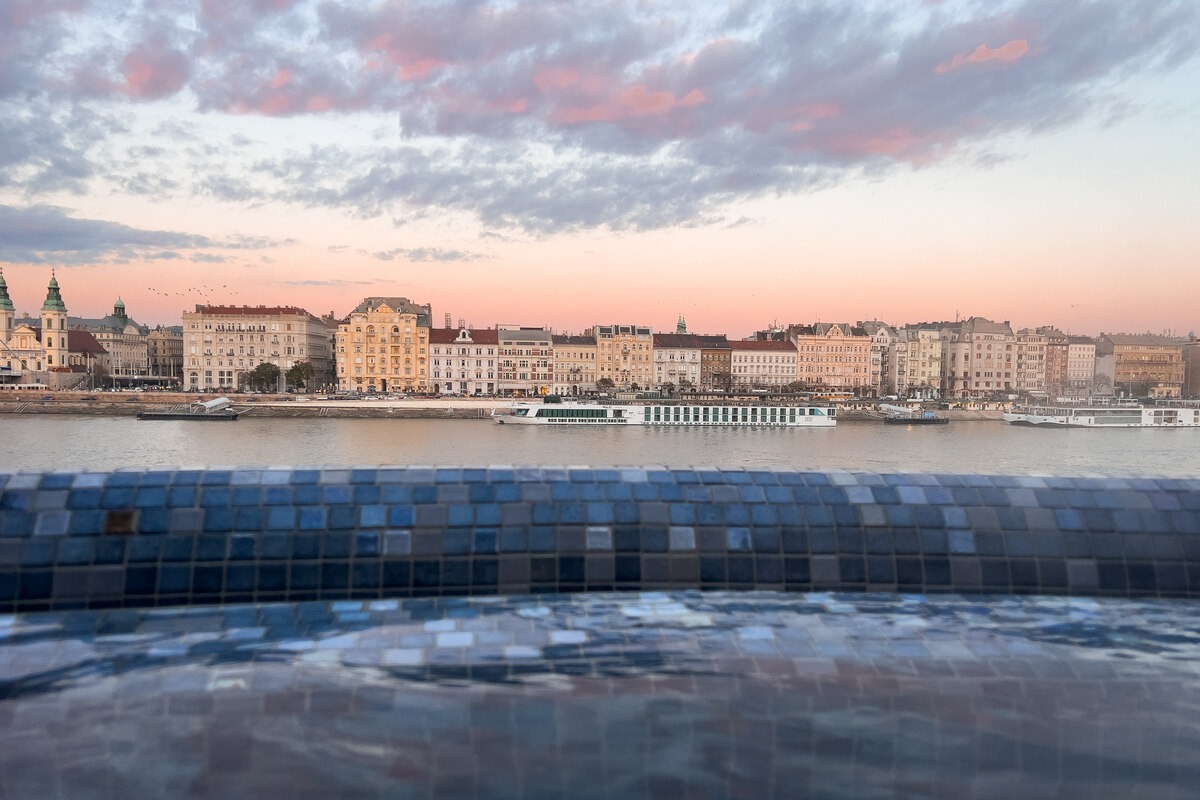
You may be fine to get in on the day but I don’t think it’s worth risking it. The last thing you want is to turn up in your swimsuit ready to relax, only to be turned away.
For a lesser known and more luxurious thermal bath experience in Budapest, I’d recommend booking into Mandala Bath.
7. Bring the essentials for the baths
Before you head out to relax at one of Budapest’s famous thermal baths, make sure you pack the right items to enhance your experience.
Essentials include a swimsuit, towel and flip-flops, plus note that some pools require you to wear a swimming cap (personally I just avoided these pools).
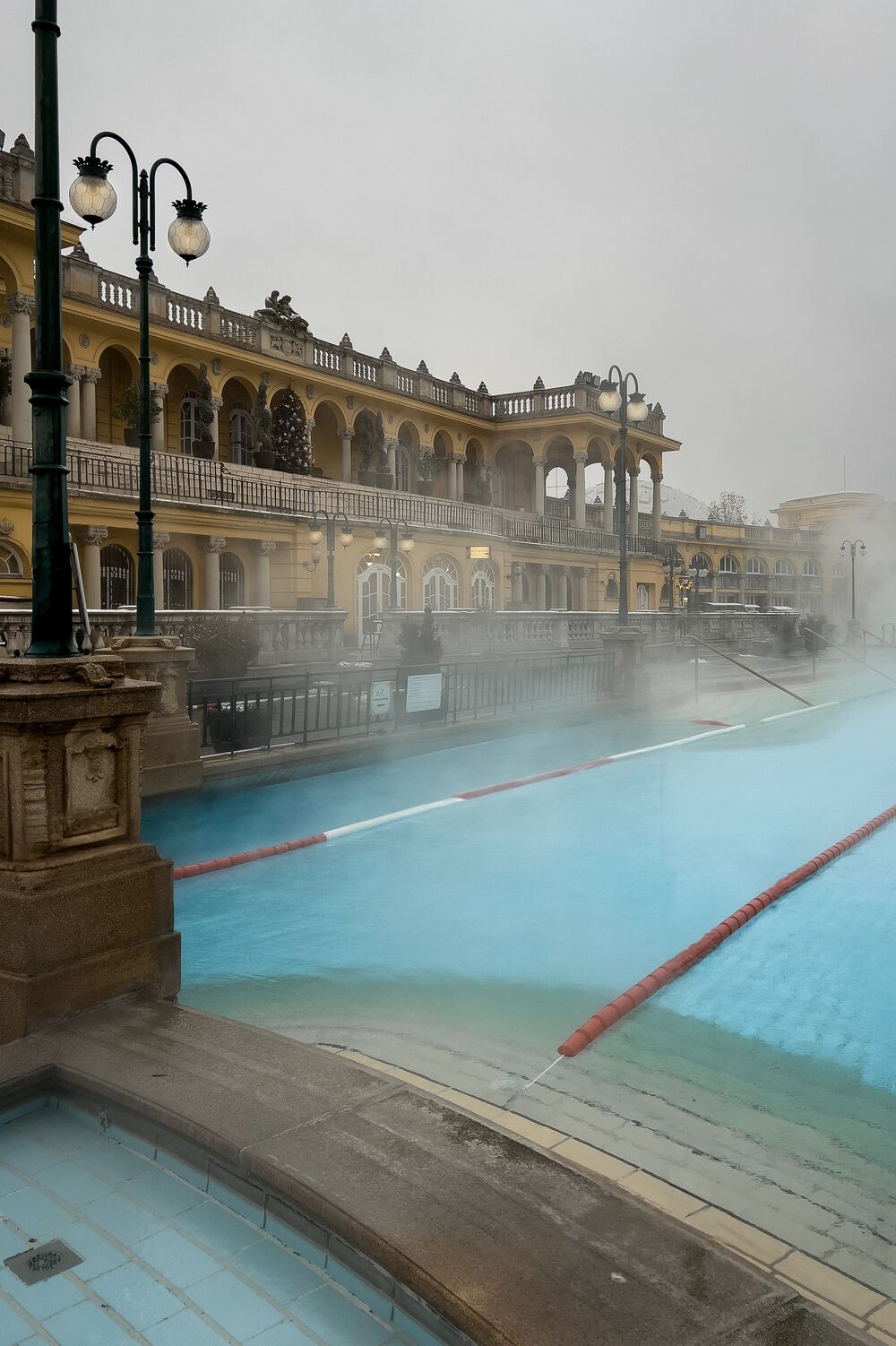
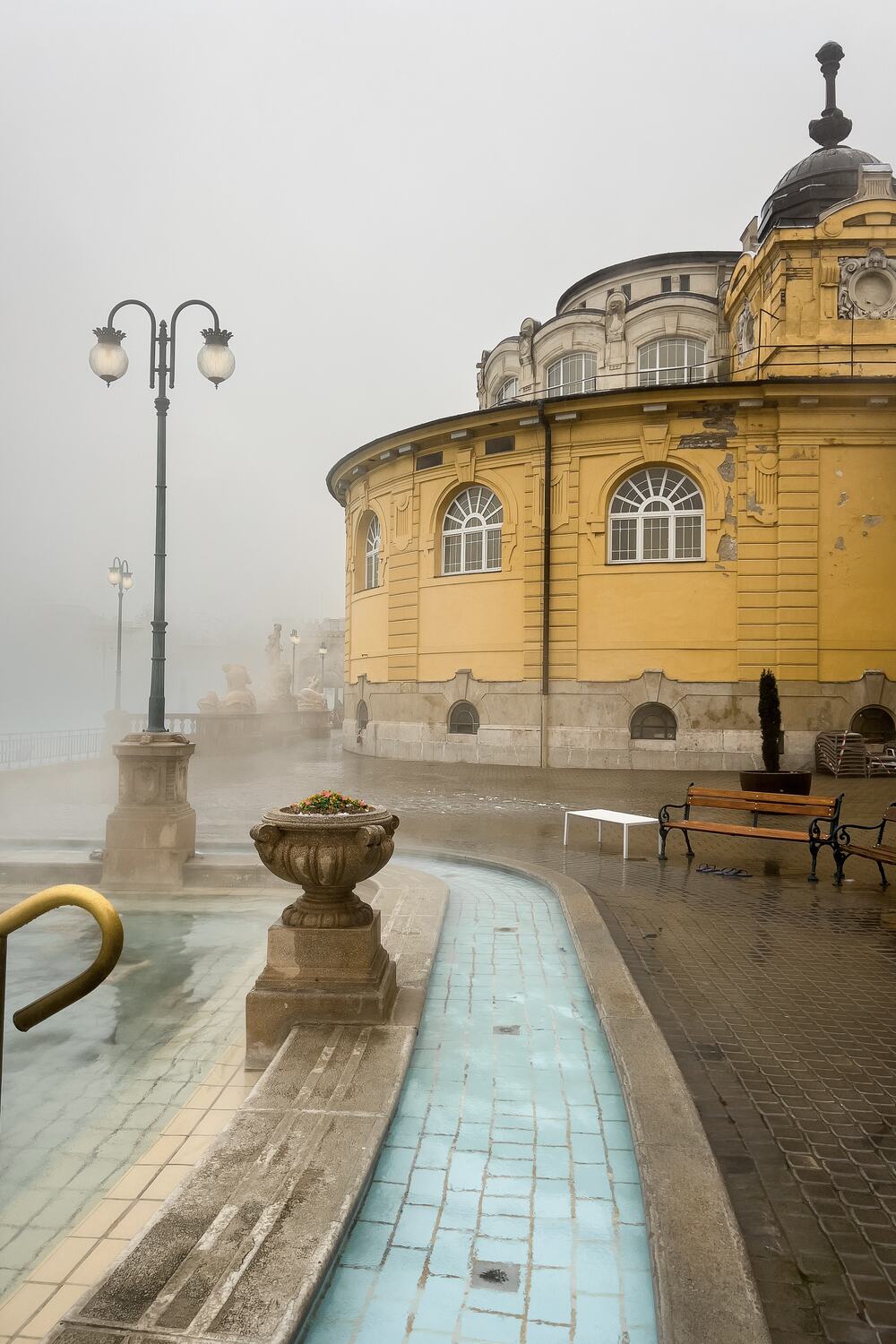
While you can rent or buy these items at the baths, I’d suggest bringing your own so you can save money and time.
Additionally, consider a waterproof case for your phone or camera if you wish to capture memories without risking water damage.
Most baths also offer lockers or cabin rentals where you can securely store your belongings while you relax.
8. Try the local cuisine
One of my favourite parts of travelling is sampling the local food, and it’s certainly no different in Budapest.
I’d describe Hungarian cuisine as rich and hearty – think stews, soups, dumplings and meat dishes.
Start with iconic dishes such as goulash (a hearty stew), paprikash (chicken cooked in a creamy paprika sauce), and lángos (fried dough topped with sour cream and cheese).
Street food markets and small eateries offer an authentic taste of Hungarian bites, although they can often be tourist traps.
If you fancy something a little more fancy, have a read of my guide to the best Michelin star restaurants in Budapest.
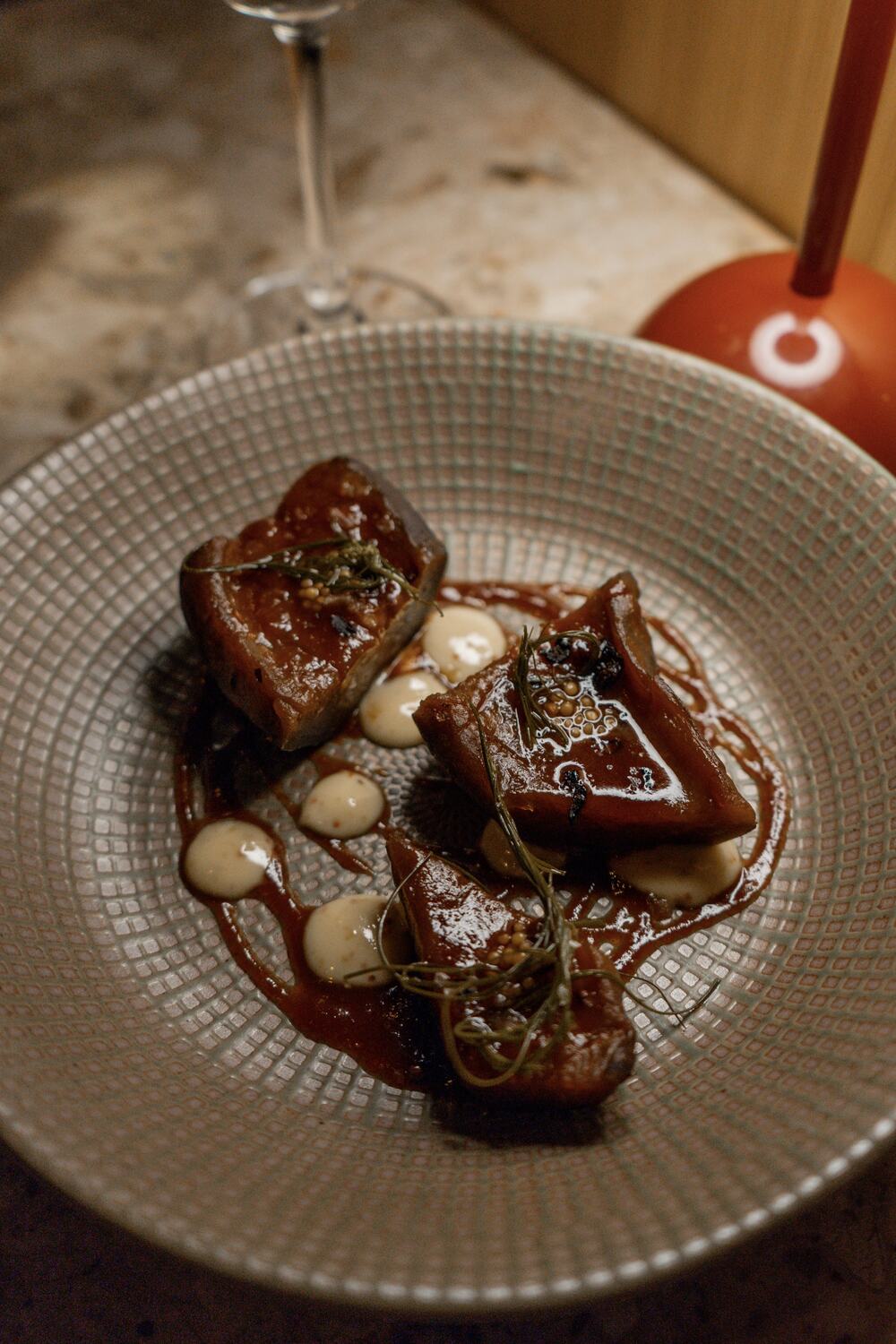

Those of you with a sweet tooth, don’t miss out on sampling traditional desserts like dobos torte, a layered sponge cake with chocolate buttercream, and a caramel topping.
Or try kürtőskalács (also known as chimney cake), a sweet spiral pastry often found at street fairs and markets.
Book a Hungarian chimney cake workshop or embark on a street food tour of Budapest with a local.
9. Taste the local wines
It may come as a surprise to know that Hungary is starting to gain international recognition for its wine production.
To get an insight into Hungary’s wine regions and unique varieties, I’d recommend trying some wine tasting in Budapest.
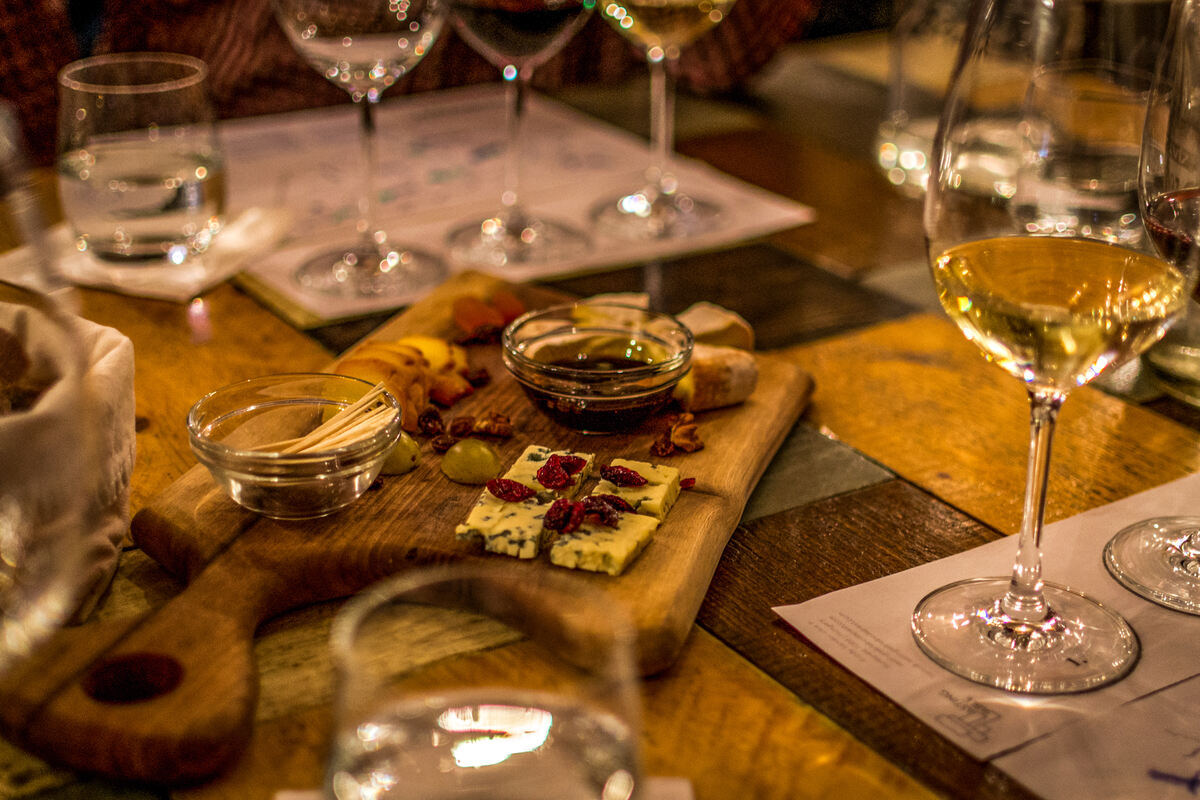
Try Tokaji, famous for its sweet aszú wines, or explore the robust reds of the Eger and Villány regions.
Book a Hungarian wine tasting experience in the city, or venture out to Etyek on a fascinating wine tour.
10. Note the tipping culture
It’s always good to be aware of the tipping culture in the destination you’re visiting, in order to avoid a social faux pas.
In Budapest restaurants, it’s customary to leave a tip of around 10-15% of the total bill, provided it’s not already included (make sure you check).
For taxi drivers, rounding up to the nearest hundred forints or leaving an extra 10% is appreciated.
In bars, tipping isn’t as common, but leaving some small change can be a nice gesture, especially if the service was excellent.
11. Don’t miss the Ruin Bars
As well as the thermal baths, Budapest is also pretty famous for its unique nightlife offerings with its ruin bars.
Located in the old Jewish quarter in buildings that were left in disrepair after World War II, these bars have been transformed into eclectic, vibrant nightspots.
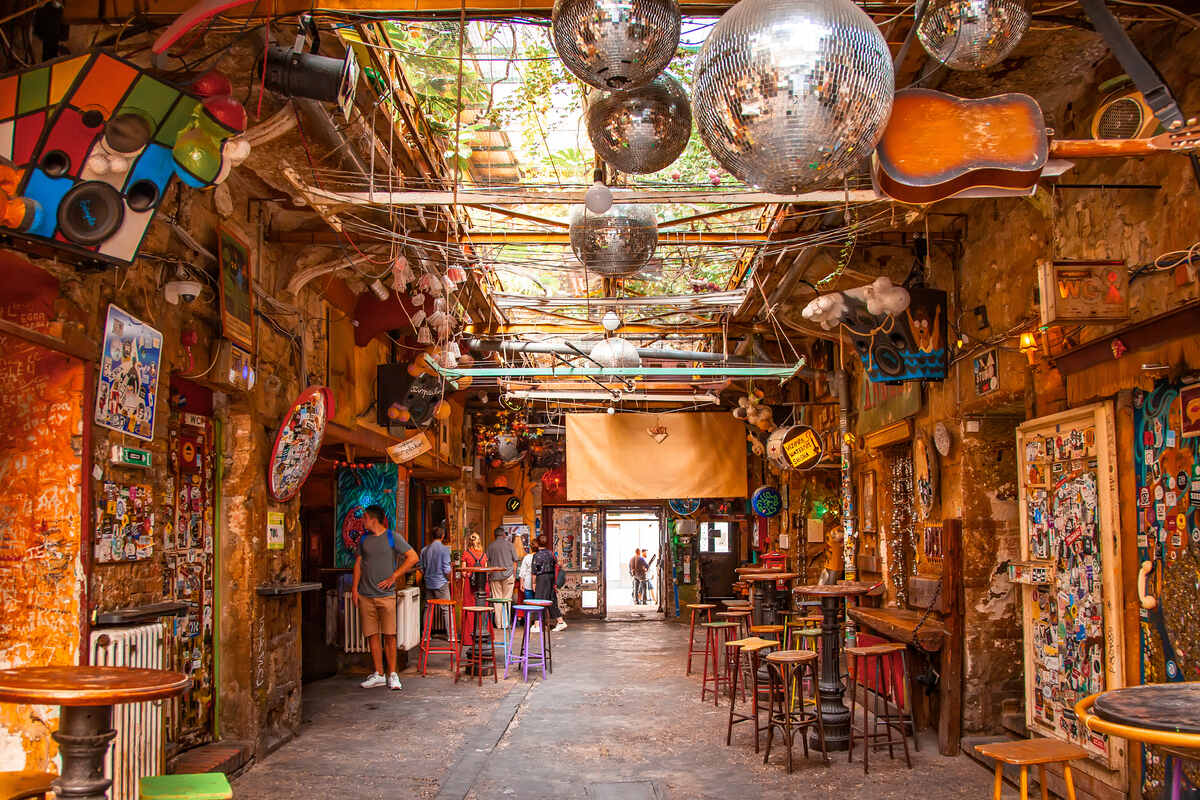
Each ruin bar has its own distinct style, decorated with quirky, mismatched furniture and colourful art.
I’d recommend stopping by Szimpla Kert, which was the first of its kind and a must-visit for its atmospheric setting and lively vibe.
Plus, I love that these spots are not just about drinks; they often host live music, movie nights, and art exhibitions, making them a bit of a cultural hub as well.
12. Many places are closed on Sundays
When planning your Budapest itinerary, take into account that many shops, attractions and restaurants might be closed on Sundays.
While your options for shopping and dining could be limited, I’d recommend it as a great opportunity to explore the city’s parks or take a leisurely walk along the Danube.
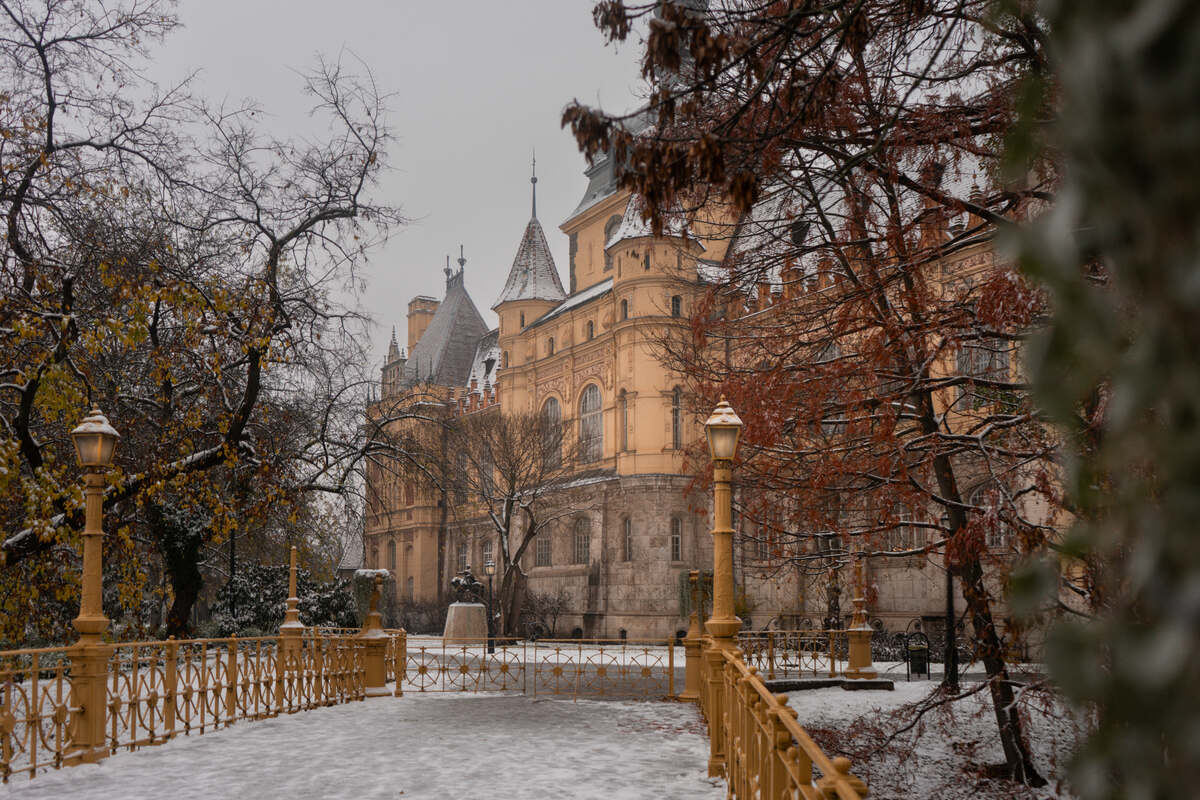
Not everywhere will be closed, but it’s a good idea to check opening times in advance and plan your schedule accordingly.
13. See the city at night from the River Danube
Another of my tips for visiting Budapest is to make sure you experience Budpaest from the River Danube – especially after dark if you can.
The city’s landmarks, such as the Parliament Building, Buda Castle, and the Chain Bridge, are beautifully illuminated, reflecting off the water and creating a magical atmosphere.
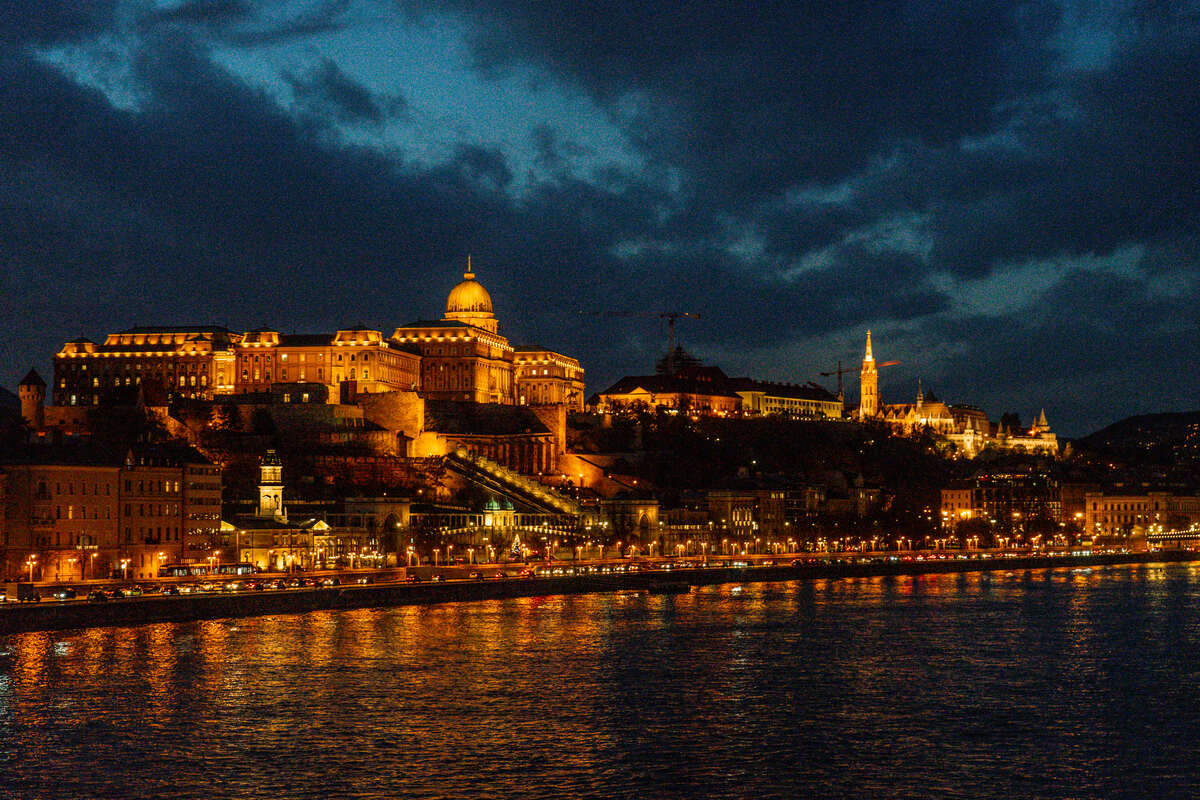
There are a number of different cruise options available, from unlimited prosecco to live music. Here are some of my recommendations:
- City Highlights Cruise with Welcome Drink
- Evening Sightseeing Cruise with Unlimited Prosecco
- Premium Evening Cruise with Tokaj Frizzante
- Downtown Budapest Cocktail Cruise
This perspective of Budapest also offers some of the best photo opportunities – if you’re not too busy inhaling all the prosecco!
14. Choosing between Buda and Pest to stay
A question I get asked a lot about visiting Budapest is whether to stay in Buda or Pest. The answer is that it depends largely on what you’re looking for.
I’ve stayed in both and my personal recommendation would be to stay in Pest, as it’s closer to a lot of the key attractions.
That said, the benefit of staying in Buda is that it’s much quieter due to it being more residential.
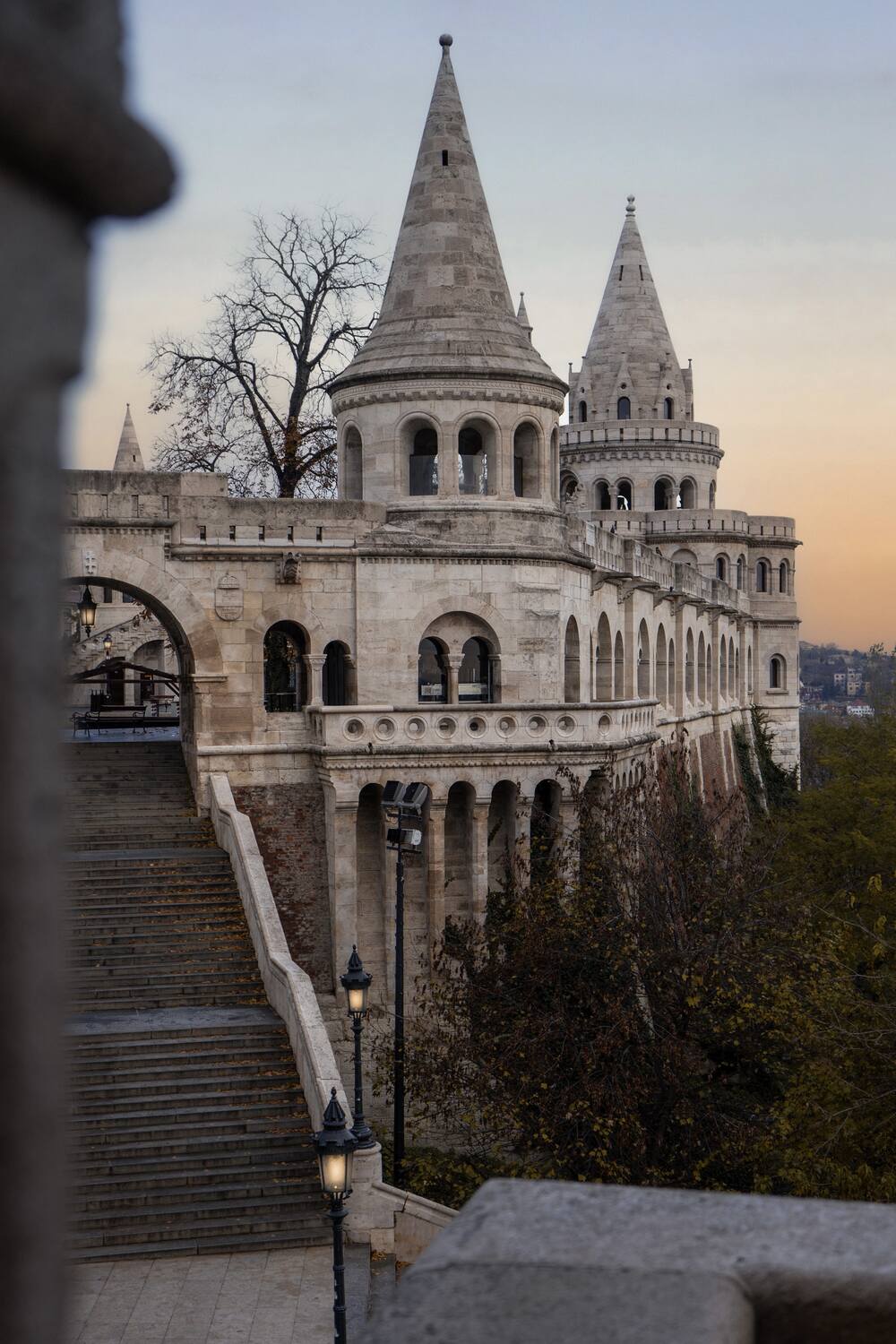
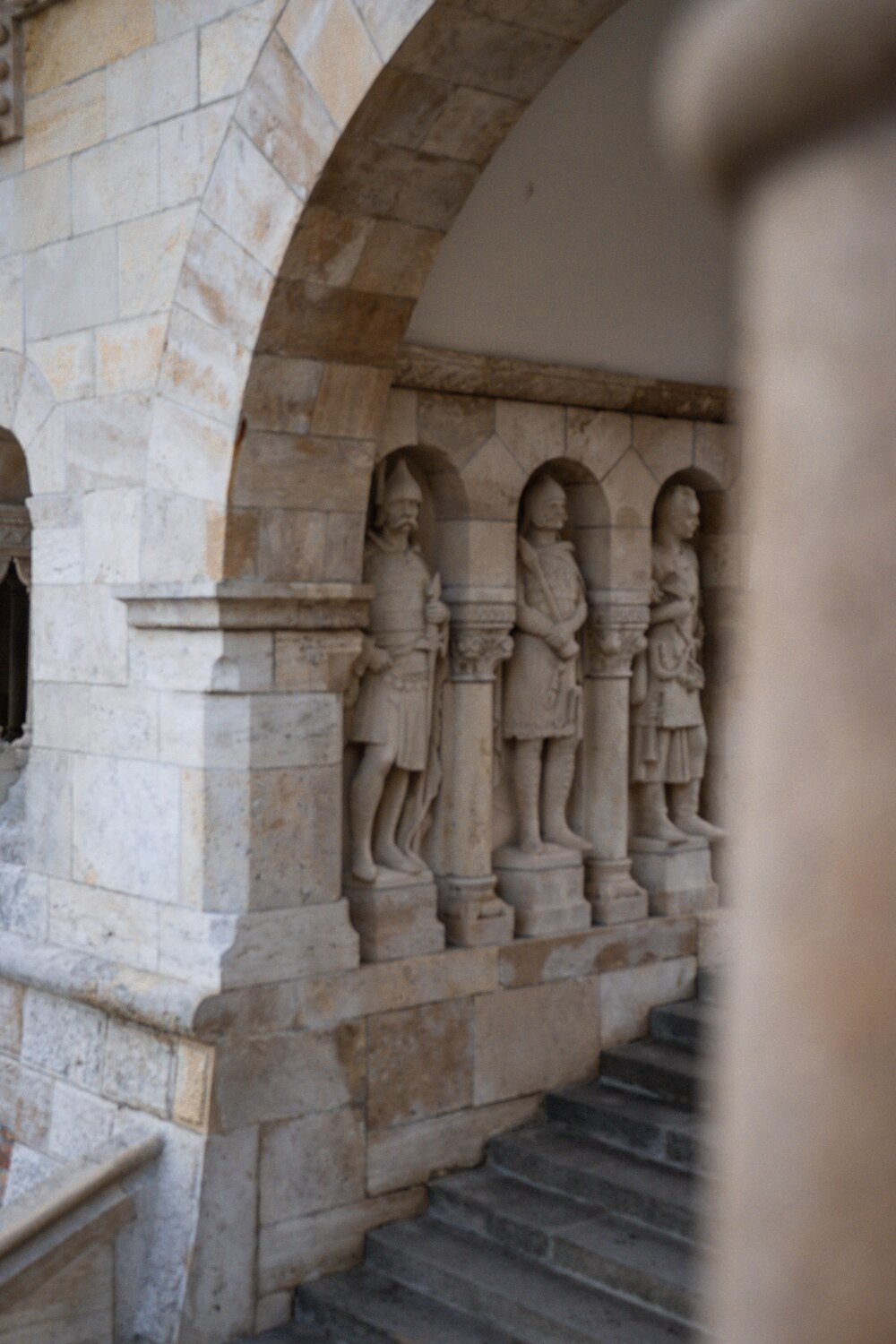
Plus, for me, it was a great way of getting to Fisherman’s Bastion at sunrise before the crowds descended.
Pest is the lively heart of the city, where you’ll find the majority of dining options, cultural attractions and nightlife.
It’s definitely where I’d suggest staying for those wanting easy access to the city’s best spots.
15. Consider a day trip from Budapest
My final tip for visiting Budapest is to consider venturing outside of the city if you have time.
While there’s plenty to see and do in Budapest, taking a day trip will give you the opportunity to explore more of Hungary’s diverse landscapes and history.
Just a short train ride away, you can visit Szentendre, known for its cobblestone streets, art galleries, and charming cafes.
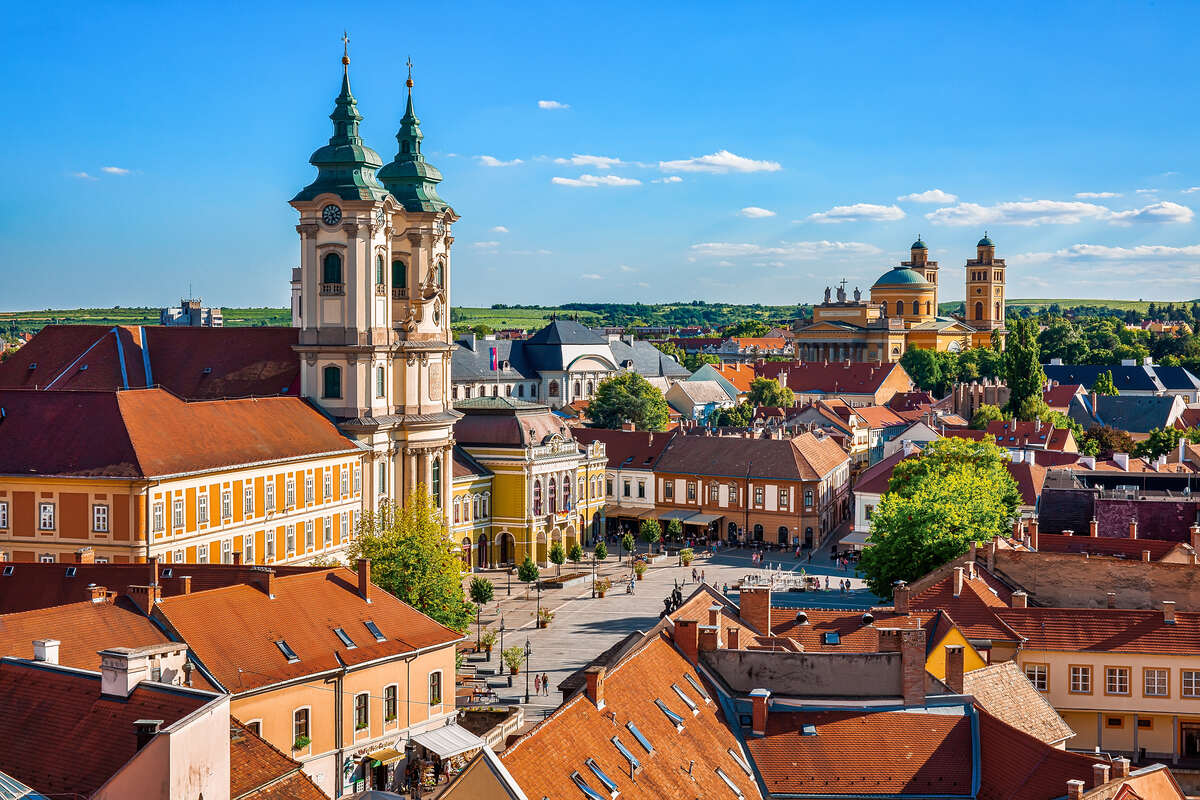
Another great option that I’d recommend is Eger, famous for its historic castle, thermal baths, and excellent wineries which are particularly known for the “Bull’s Blood” red wine.
For a more nature-oriented outing, the Danube Bend offers breathtaking scenery and quaint towns. While Lake Balaton is another serene spot with quaint towns like Hévíz.
Discover my guide to the best day trips from Budapest.
Have you got any tips for visiting Budapest, or any questions? Let me know in the comments below!
You may also like:
- 10 chic boutique hotels in Budapest
- 15 best Michelin Star restaurants in Budapest
- 15 fun things to do in Budapest in December
- Prague or Budapest? Which city to choose
